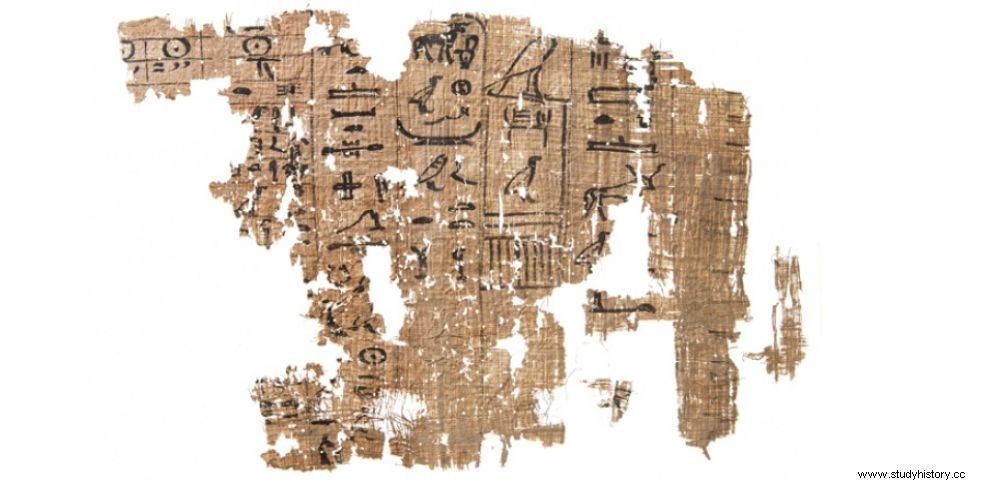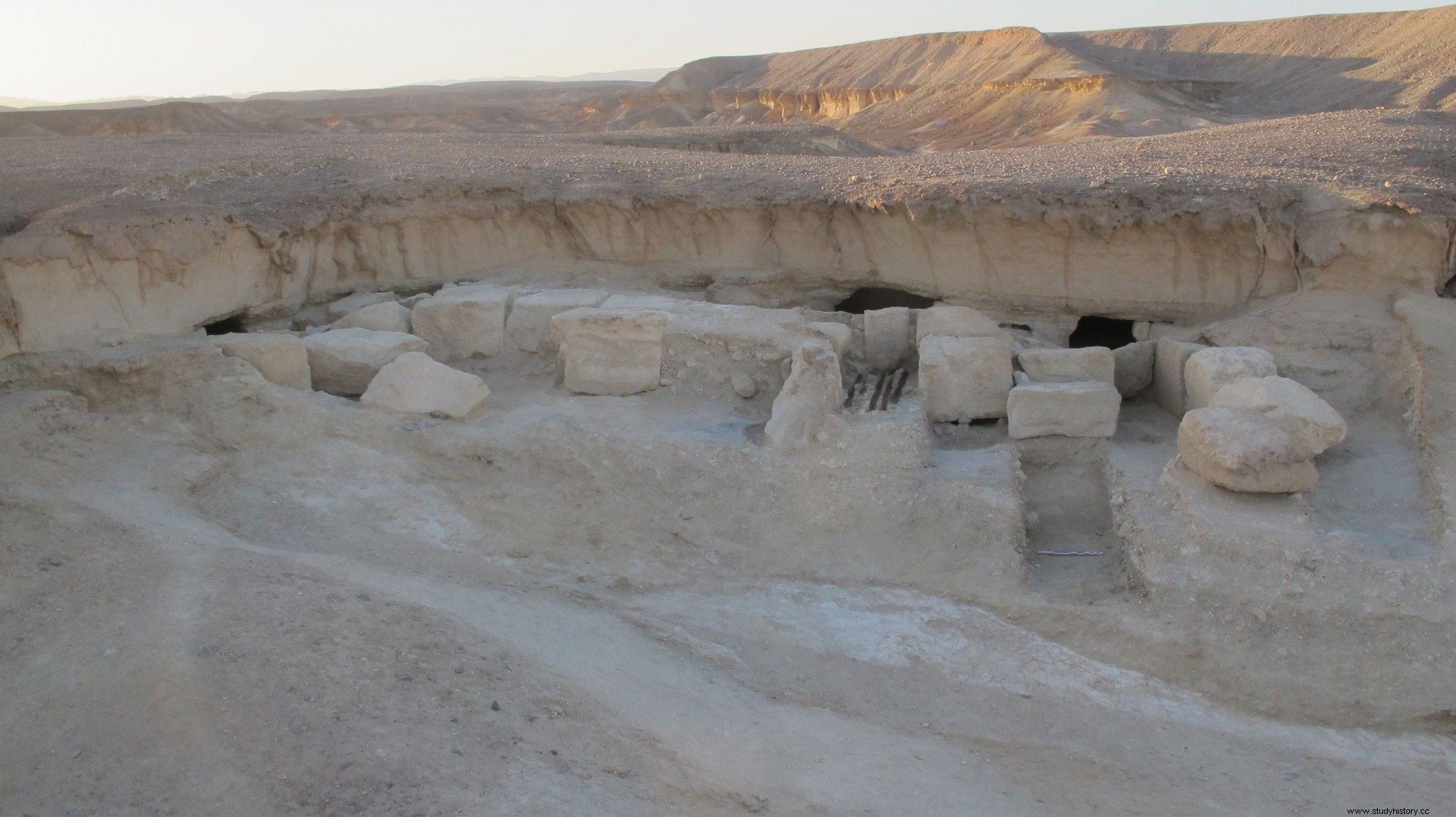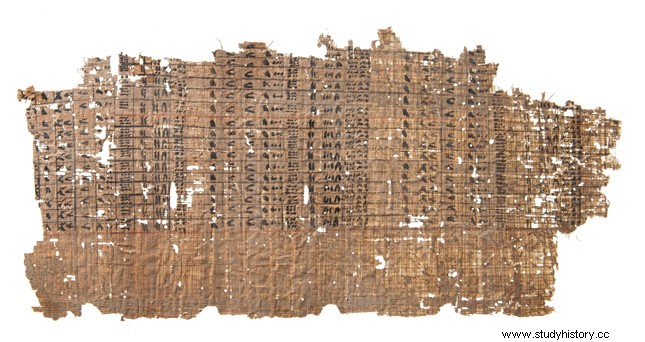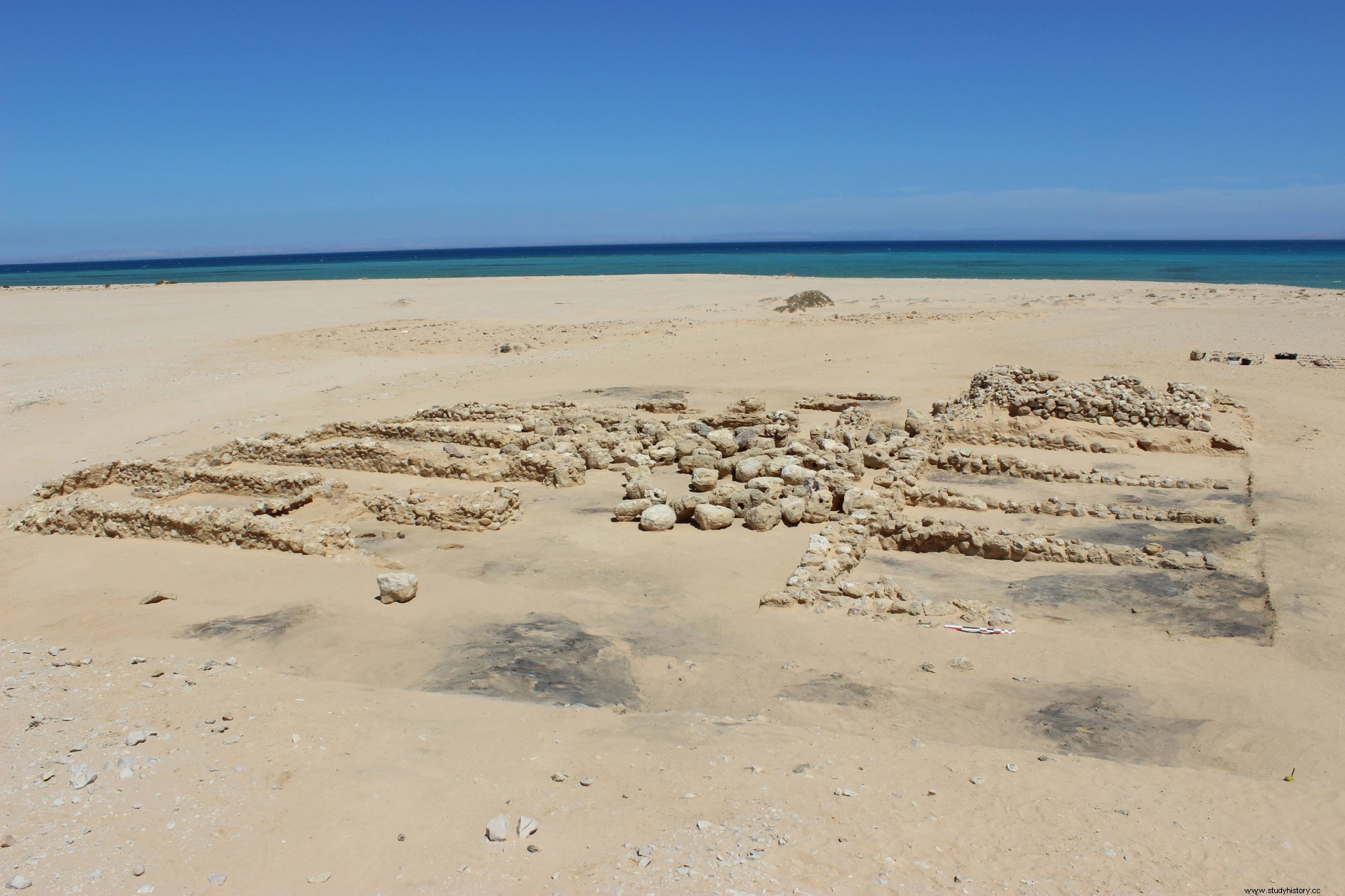 This precious fragment of papyrus, 4500 years old, is the oldest document found in Egypt, where the name appears of Pharaoh Cheops.
This precious fragment of papyrus, 4500 years old, is the oldest document found in Egypt, where the name appears of Pharaoh Cheops. RECORD. It is an exceptional discovery that the Ministry of Egyptian Antiquities has decided to exhibit for a period of two weeks in the Cairo Museum. These are the oldest papyri in Egypt – and therefore in the world – exhumed in 2013 on the site of Ouadi el-Jarf by the Franco-Egyptian archaeological mission (French Institute of Oriental Archeology (IFAO), unit 8167 of the CNRS ) led by Pierre Tallet, from the University of Paris-Sorbonne. 4,500 years old, these extremely rare manuscripts are the only documents that have come down to us, contemporaries of Cheops (2589-2566 BC), the famous pharaoh of the 4th dynasty (2613-2498 BC). ). Preciously preserved in the reserves of the Suez museum, in the Sinai, they had never before been revealed to the public.
 It is in these warehouses dug into the mountain range bordering the Pharaonic port of Wadi el-Jarf, on the Red Sea, where the oldest papyri in Egypt were discovered Credit:Wadi el-Jarf/ Ifao Archaeological Mission
It is in these warehouses dug into the mountain range bordering the Pharaonic port of Wadi el-Jarf, on the Red Sea, where the oldest papyri in Egypt were discovered Credit:Wadi el-Jarf/ Ifao Archaeological Mission
These papyri were unearthed in an ancient port on the Red Sea, southeast of Cairo, from where the ships departed which supplied the great pharaonic shipyards of the Old Kingdom with materials. These 300 fragments, including an 80 cm long roll, had been negligently thrown behind large limestone portcullis, identical to those used in the pyramids, before being found by archaeologists in the port galleries intended to house boats. "These were essentially accounting papyri dated to the Old Kingdom (2181 BC), the Fifth Dynasty (2498-2345 BC) and the end of the Fourth Dynasty “says Pierre Tallet. Registers where everything was meticulously recorded, as required by the administration of the time. Some of them clearly evoke - and for the first time! - the construction of the great pyramid on the Giza plateau and the ruler Cheops, as revealed by Sciences et Avenir when they were discovered (Sciences et Avenir n°796, 2013 ).
 On this veritable 4,500-year-old accounting papyrus were listed the foodstuffs and supplies to be delivered:bread, beer, dates, pieces of fabric, as well as the days on which these deliveries were to be made. Credit:Ouadi el-Jarf Archaeological Mission /Ifao
On this veritable 4,500-year-old accounting papyrus were listed the foodstuffs and supplies to be delivered:bread, beer, dates, pieces of fabric, as well as the days on which these deliveries were to be made. Credit:Ouadi el-Jarf Archaeological Mission /Ifao
In particular the logbook of an official of the pharaoh, a certain Merer, who describes there every day the main part of his activity. A sentence thus caught the eye of Pierre Tallet:“Inspector Merer spent the day with his man loading stones in the quarries of Tourah ". This dazzlingly white limestone deposit, located south of Cairo, was indeed quarried for the facings of the Great Pyramid! Then, writes the same day:"I went to deliver stones to the pyramid of Cheops »…. An incredible testimony arises from the past. “A document without equal in the entire history of ancient Egypt. Part of the transcription of these documents, still being deciphered, should be published at the end of the year by the French Institute of Oriental Archeology (IFAO). Remember that Pierre Tallet was rewarded in December 2015 for these discoveries, during the 2nd World Archaeological Forum in Shanghai (China).
The port of Wadi el-Jarf. Located 120 km south of Cairo, on the western shore of the Red Sea, the pharaonic port of Wadi el-Jarf is currently the oldest known seaport. It is from its quays, now under water, that the ships set sail, responsible for bringing back the copper and turquoise ores located on the other side of the gulf, in El-Markha, in the south of the peninsula. of Sinai. About thirty galleries-stores dug in the mountainous massif bordering the Eastern Desert, concealed warehouses about thirty meters deep. The very ones where the remains of papyrus were. Sealed with large blocks, some of these storehouses bore hieroglyphic inscriptions in red ink related to the pharaoh Cheops. This port would have operated for barely a century, replaced by that of Ayn Soukhna, further north, undoubtedly preferred for its proximity to Memphis, the great administrative capital of the time.

Remains of a port building in Ouadi el-Jarf, the ancient port of Pharaoh Cheops, located on the Red Sea. Credit:Wadi el-Jarf Archaeological Mission / Ifao
